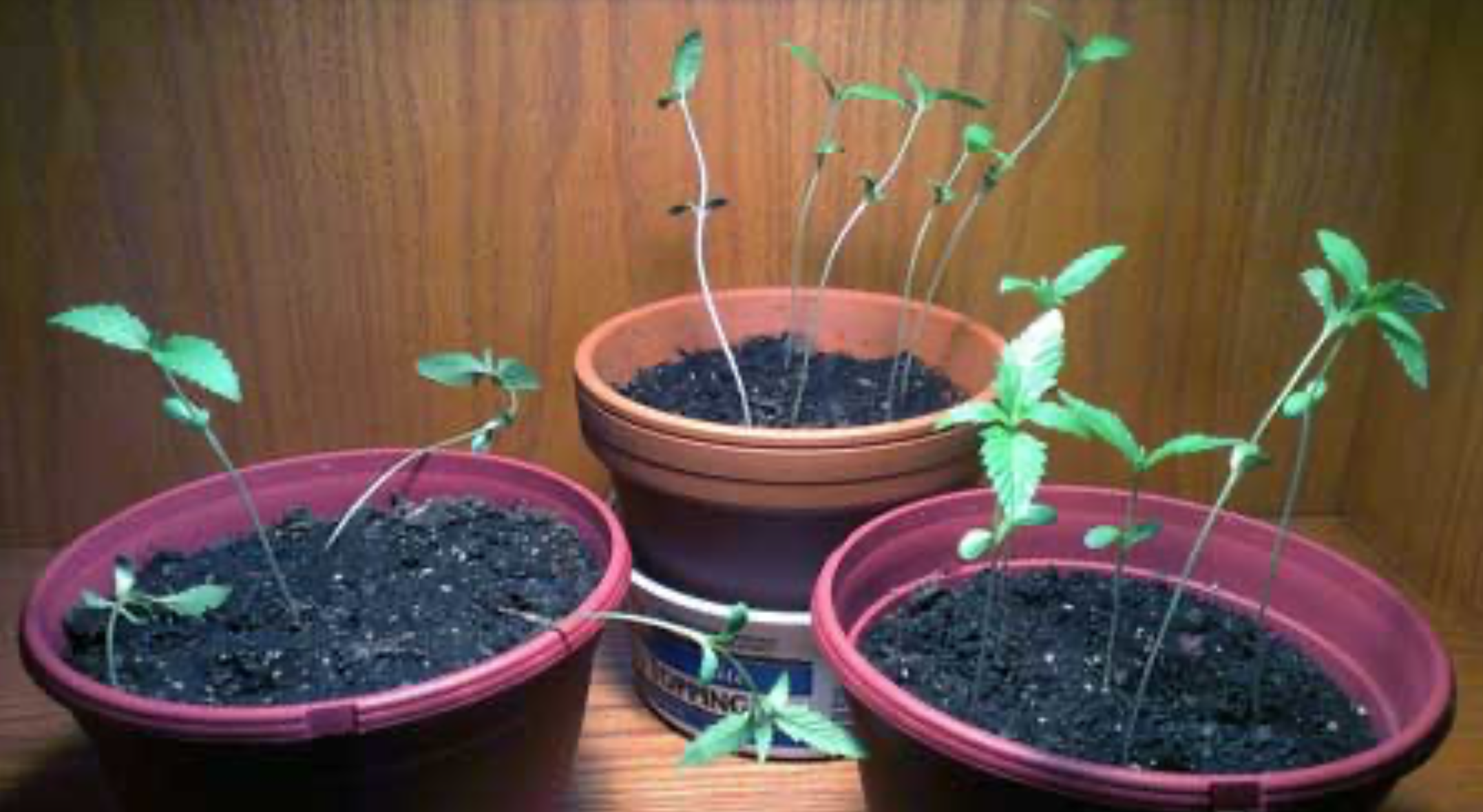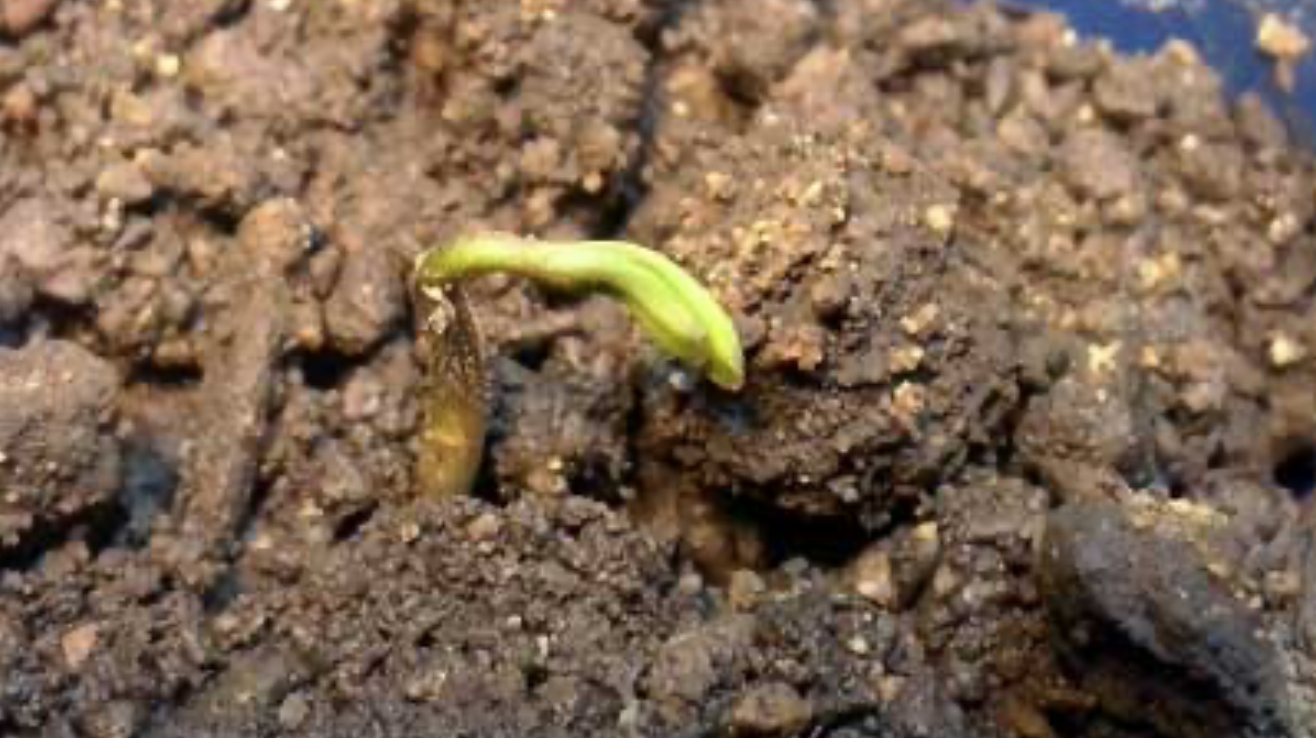Cannabis seedlings can die after only growing a few inches for various reasons. Here are some common factors that might contribute to this issue:
Cannabis cultivation is a delicate dance between nature and nurture, where even the most meticulous efforts can sometimes falter. One perplexing challenge that cultivators may encounter is the premature demise of cannabis seedlings, which can occur despite their initial growth of only a few inches. As the cannabis community passionately tends to its green companions, it's crucial to understand the myriad factors that can contribute to this disheartening setback.
Nutrient Imbalances: Cannabis seedlings are voracious consumers of nutrients, and any missteps in providing the right balance can lead to stunted growth or even death. Too much nitrogen, for instance, can encourage excessive vegetative growth at the expense of root development, leaving seedlings susceptible to stress and disease. On the other hand, deficiencies in essential elements like phosphorus, potassium, or micronutrients can hinder overall growth and vitality.
Overwatering and Underwatering: Watering is an art form in cannabis cultivation. Overwatering can suffocate delicate roots and create an environment conducive to damping-off diseases, while underwatering can lead to desiccation and wilting. Striking the right balance requires careful monitoring of the substrate's moisture levels, ensuring that young seedlings receive just the right amount of hydration without drowning.
Poor Soil Aeration: Healthy root development relies on adequate oxygen supply to the root zone. Compacted or poorly aerated soil can lead to root suffocation and hinder the plant's ability to uptake water and nutrients. This can be especially detrimental during the seedling stage when roots are establishing themselves.
Incorrect Light Intensity and Duration: Light is the lifeblood of plants, and cannabis is no exception. Seedlings require appropriate light intensity and duration to photosynthesize effectively. Too little light can lead to elongated, weak stems, while too much light can cause stress and light burn. Striking the right balance and providing suitable spectrum can be critical for robust seedling growth.
Temperature Extremes: Cannabis is sensitive to temperature fluctuations, especially during its early stages. Extremes in temperature, whether too cold or too hot, can impede growth and weaken seedlings' overall resilience. Maintaining a stable and optimal temperature range is essential for ensuring healthy development.
Transplant Shock: Transplanting seedlings to larger containers can be a stressful experience for these delicate plants. If not done carefully and at the right time, seedlings can suffer from transplant shock, leading to stunted growth or even death. Proper techniques, timing, and acclimatization can help minimize this risk.
Pests and Pathogens: Insects, fungi, and bacteria can wreak havoc on young cannabis plants. Seedlings, with their tender tissues, are particularly vulnerable to these threats. Vigilance and early intervention are crucial to prevent infestations and diseases from taking hold and causing irreparable damage.
Genetic Predisposition: While many factors are within a cultivator's control, it's important to acknowledge that genetic predisposition plays a role in a plant's overall health and resilience. Some strains may inherently struggle with certain environmental conditions or exhibit weaker growth traits.
Cultural Practices: Sometimes, seemingly innocuous cultural practices can inadvertently harm seedlings. Rough handling, excessive pruning, or improper training methods can stress young plants and hinder their growth potential.
Inadequate Planning: Successful cannabis cultivation requires meticulous planning and attention to detail. Failing to provide suitable growing conditions, neglecting to research strain-specific needs, or overlooking crucial steps in the cultivation process can all contribute to stunted seedling growth.
In the intricate world of cannabis cultivation, each element intertwines with the others to shape the destiny of these remarkable plants. When faced with the enigma of stunted seedling growth, cultivators must adopt a Sherlockian approach, carefully investigating and addressing each potential factor that might contribute to the issue. By nurturing a deep understanding of these challenges, cultivators can enhance their ability to guide cannabis seedlings from fragile beginnings to flourishing maturity.

Minnesota Cannabis Clones

